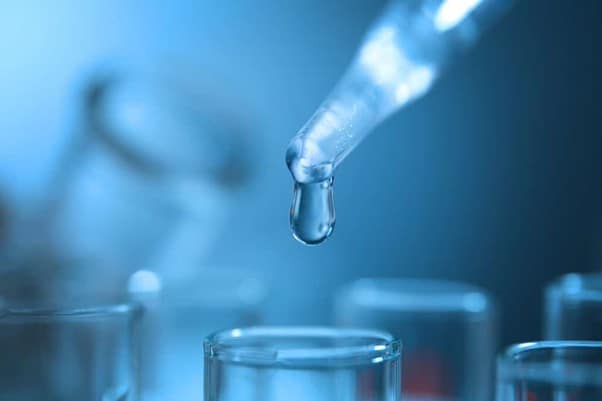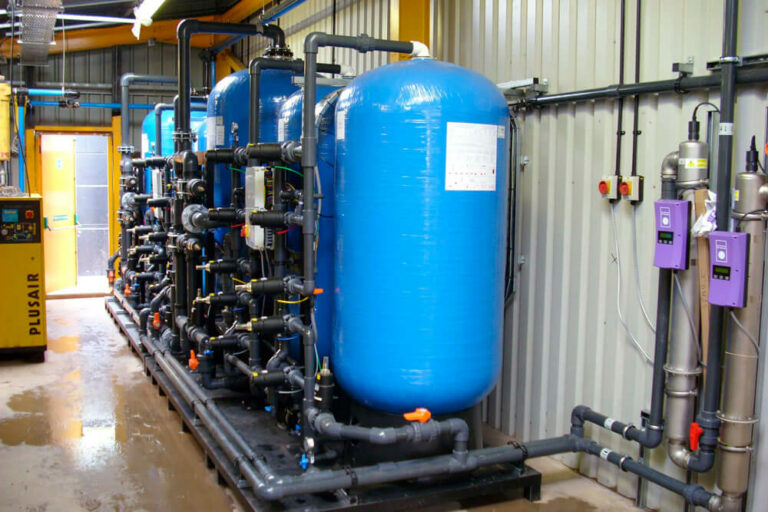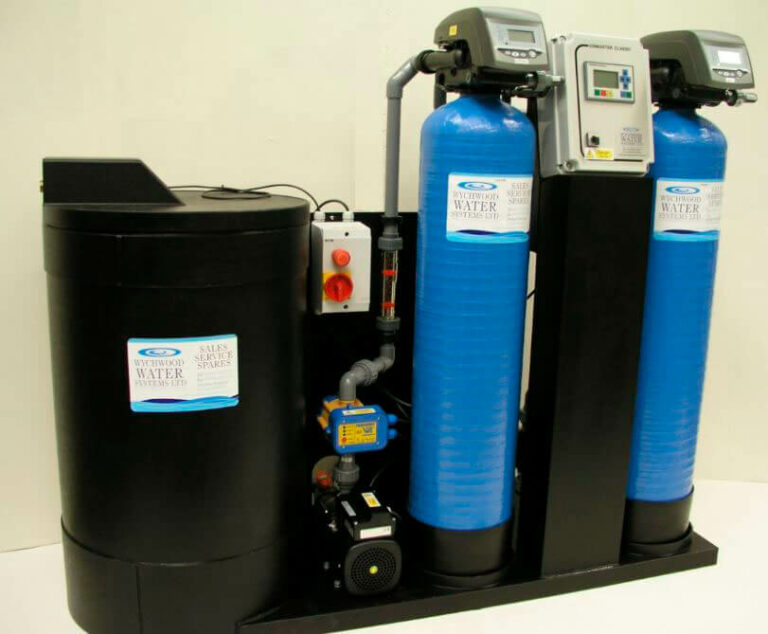Blog
How to Make Purified Water: Water Purification Methods & Their Uses
- By Peter Wood
- February 22, 2021
- 10:05 am

Pure water is attractive and delicious, and contemporary water purification methods are more powerful and versatile than ever before, achieving both purity and taste without demanding much technical knowledge from their users. The days when you needed a system for every filtration method are over. Commercial water filters often combine two or more techniques in a single tank, so your purification is much more than a process. It’s a strategy.
Multi-media water filters are significantly more efficient than single-media tanks. By relying on density and stratification, a single tank can achieve soft, safe drinking water, and many of today’s manufacturers will engineer a set of cartridge elements to suit your needs precisely.
There are a number of ways to purify water, each with its own advantages and disadvantages. Some methods are more suitable for certain applications than others. The most common methods of water purification are distillation, reverse osmosis, and deionisation.
Water purification method №1 — Reverse Osmosis

Reverse osmosis uses a pump to create pressure that forces water through a semi-porous membrane, leaving most dissolved salts and minerals behind. A five-stage system combines reverse osmosis with carbon filters, removing microbial content, chlorine, and salts that cause water hardness. To find the right reverse osmosis performance for your plant, you’ll need a filter that achieves a high salt rejection and recovery rate. The latter tells you how much water you recover from the filtration process. A low recovery rate can weigh heavily on your utility bills, so look for 75% to 85%. Today’s reverse osmosis filters achieve their job using improved membrane technology. They can even achieve nanofiltration. The smaller the pore size, the more thoroughly it can remove contaminants.
Reverse Osmosis advantages and disadvantages
Advantages | Disadvantages |
Removes particles, bacteria, and viruses from water, making it safer to drink. | Requires a lot more energy than other forms of water purification |
Relatively small and easy to operate. | Components that make up the RO system are typically expensive and need regular maintenance |
Used to produce high-quality drinking water from alternative sources such as wastewater or stormwater runoff. | High volumes of wastewater they produce |
Come in a variety of sizes and can be used with public or private drinking water sources |
|
Versatile and can meet the needs of many different types of businesses, making it a popular choice for commercial applications as well |
|
Conclusion
Despite its disadvantages, reverse osmosis water purification is considered the best way to remove contaminants from water. It is very effective at removing particles as small as 0.001 microns and is the preferred method of water purification for homes that use well water. A reverse osmosis system also removes dissolved minerals from the water which can be good or bad, depending on your needs.
Water purification method №2 — Distillation
Distillation uses steam and condensation to purify water. It can remove pollutants, chemicals, and bacteria, so it’s often combined with reverse osmosis, particularly in hard water regions. Microscopic contaminants are removed with healthy minerals like fluoride, so the latter may need to be replaced after filtration. Commercial distillers can provide up to 5, 000 gallons of treated water a day, relying on electricity or gas to generate heat. Steam can be passed through water or fan-cooled tube or cone, but if pesticides and volatile organic compounds need to be dealt with, this method needs carbon support. Water systems can be containerised and customised to save you precious floor space.
Distillation advantages and disadvantages
Advantages | Disadvantages |
Produces very high-quality water | Slow process |
Does not use any chemicals or filters, it is a completely natural process | Expensive, particularly if you are distilling a compound that is not readily available |
Safer than other forms of water purification | The quality of the final product can vary depending on the equipment used and the skill of the operator |
Can be used to purify a wide range of liquids, including alcohol, vinegar, and essential oils |
|
Effective way to remove salt from seawater, making it suitable for drinking or irrigation |
|
Effective way to purify water without using electricity or any other type of energy source |
|
Conclusion
Destillation is great water purifying method for developing countries, where access to clean water can be difficult and costly. Despite its disadvantages, distillation remains one of the most widely used techniques for purifying water.
Water purification method №3 — Deionisation

Deionisation or Ion exchange remains one of the best purification methods for clearing barium, radium, nitrates, and arsenic from water. It leaves water clear and doesn’t produce the flat taste that’s characteristic of stale distilled water. Chelating and anion resins support the ion-exchange process by attracting positively charged ions. This makes ion exchange ideal for purifying natural spring water, which is often high in heavy metals and arsenic.
Deionisation advantages and disadvantages
Advantages | Disadvantages |
Produces pure water that is safe to drink | More costly |
Removes any unwanted tastes or smells from the water | Shorter shelf life if stored for a long period of time |
Safer than other forms of water purification | The quality of the final product can vary depending on the equipment used and the skill of the operator |
Does not cause scaling or corrosion |
|
Cost-effective and easy to operate |
|
Can be used to treat large volumes of water and can be incorporated into a variety of water treatment facilities |
|
Can be used in combination with other purification methods |
|
Conclusion
Deionisation is a good choice for industrial applications. The possibility to use in combination reverse osmosis or distillation can remove the smallest trace elements of minerals and salts. This will help to ensure that the final product is free of all contaminants.
So what’s the best water purification method?
There is no such thing, as it all depends on needs and budget. If you are confused which water purification method to choose, then we encourage you to view our services to find the ideal water purification solution for you.
If you have any other questions or would like to learn more from our experts about which methods would be most effective for your business, we welcome you to contact us today.

